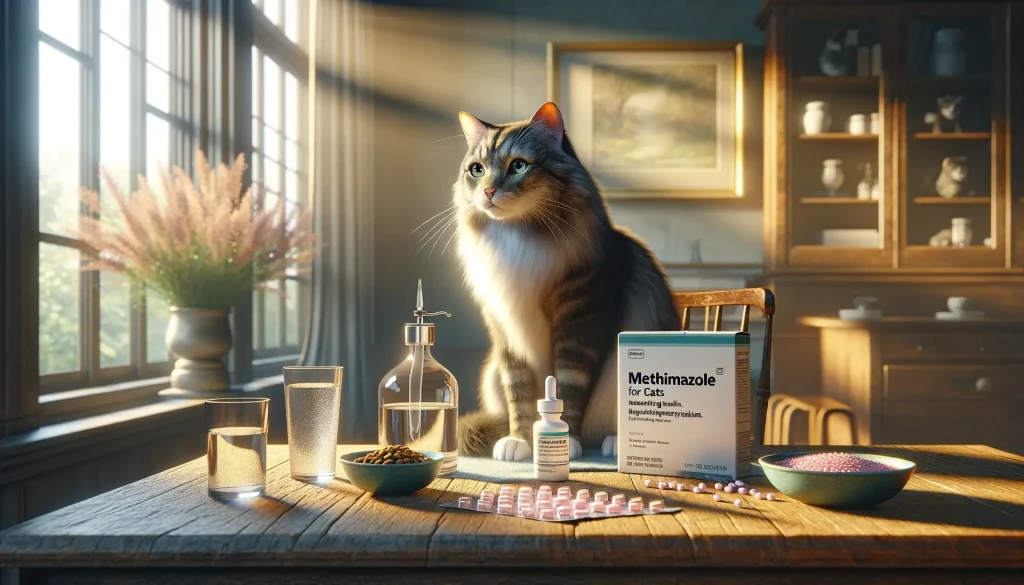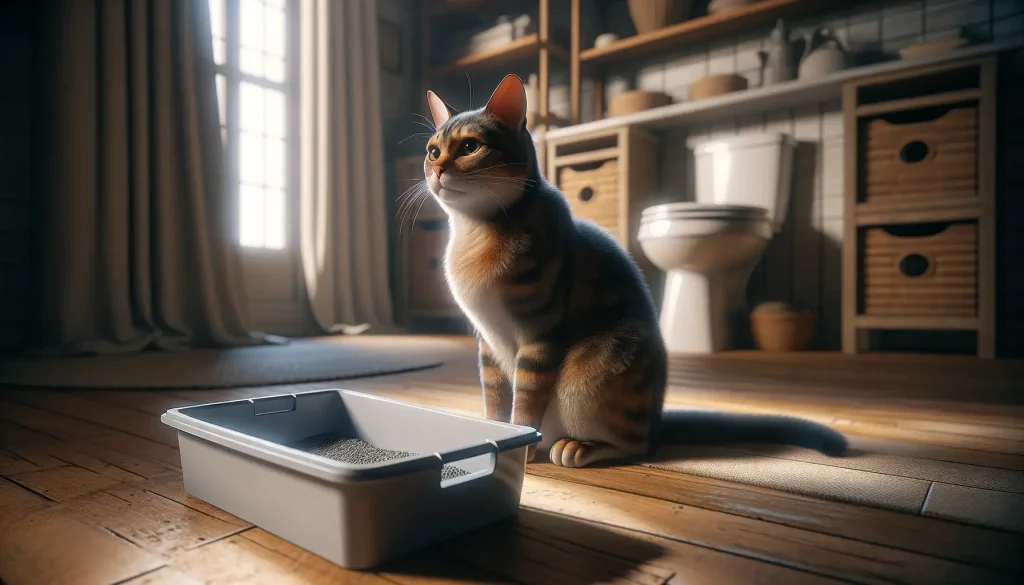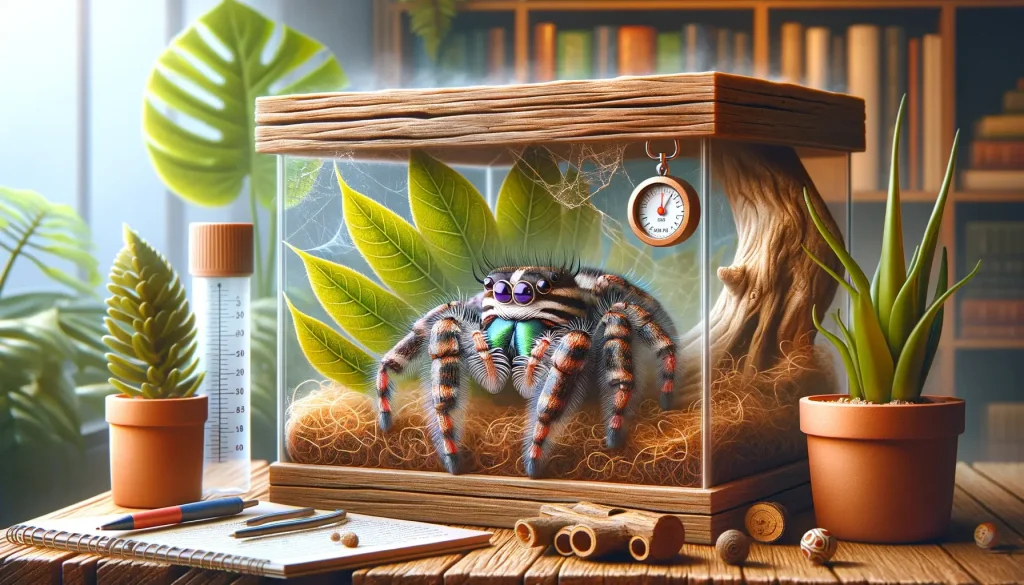
Welcome to FurFacts.net, where we dive deep into the fascinating world of pets beyond the usual cats and dogs. Today, we’re shining the spotlight on a unique and intriguing choice for a pet: the jumping spider. Known for their remarkable agility and captivating eyes, jumping spiders have gained popularity among enthusiasts for their interactive behavior and relatively simple care requirements. If the idea of keeping a spider as a pet piques your interest, you’re in the right place. Let’s explore what makes these tiny arachnids a potential companion in your home.
Jumping spiders stand out in the spider world. With over 6,000 species, they boast diverse colors and patterns, making them a fascinating subject for pet owners and photography enthusiasts alike. Unlike their web-spinning cousins, jumping spiders are active hunters, known for their exceptional vision, which they use to stalk prey before leaping on them. This active hunting behavior adds an element of dynamism to watching them in captivity. Plus, their relatively small size (most measure between 4 to 18mm) and the requirement for a modest enclosure size make them a manageable pet, especially for those with limited space.
Jumping Spider FAQs
What do jumping spiders eat?
Jumping spiders are carnivorous and primarily feast on small insects. Their diet can include fruit flies, small crickets, and mealworms. It is crucial to provide prey that is appropriate for the size of your spider to avoid any potential harm.
How often should I feed my jumping spider?
Young, growing spiders require more frequent feeding—every day or every other day. Adult jumping spiders can be fed every 2 to 3 days. Observing your spider’s behavior and body condition can help you adjust feeding frequency as needed.
Do jumping spiders need water?
Yes, jumping spiders need access to water. A shallow water dish or regular misting of their enclosure can keep them hydrated. However, be careful not to overdo it, as excessive moisture can be harmful.
What is the ideal habitat for a jumping spider?
A modest-sized enclosure, such as a small terrarium or a large jar with air holes, can serve as a good habitat. Include sticks, leaves, and some substrate to mimic their natural environment and support their hunting behavior. The enclosure should also have a secure lid as jumping spiders are skilled escape artists.
Can jumping spiders recognize their owners?
While it’s unrealistic to expect dog-like recognition, jumping spiders can become accustomed to their owner’s presence. They are known for their curiosity and may watch you or approach you when you’re near their enclosure.
Are jumping spiders easy to take care of?
Yes, compared to many other pets, jumping spiders require relatively low maintenance. They need minimal space, have simple diet requirements, and their enclosures are easy to clean and manage.
Do jumping spiders bite, and is it dangerous?
Like most spiders, jumping spiders can bite if they feel threatened. However, their bites are rare and typically no more painful than a bee sting. The venom of a jumping spider is not dangerous to humans, except in cases of allergic reactions, which are very rare.
Understanding these basics can make keeping a jumping spider as a pet a fascinating and rewarding experience. Remember, each spider has its own unique personality, so getting to know your tiny companion is part of the fun and challenge.
Care Instructions for Your Jumping Spider Pet
What kind of environment is best for a jumping spider?
Jumping spiders thrive in a warm and somewhat humid environment, which replicates their natural habitat. Keeping the temperature between 70-85°F (21-29°C) and humidity around 60-70% creates an ideal setting. Use a small hygrometer within the enclosure to monitor these conditions.
How should I interact with my jumping spider?
Handling a jumping spider should be done with care. Gentle interaction can foster trust. Allow the spider to climb onto your hand of its own accord. Avoid sudden movements to prevent frightening it. Some owners find their spiders enjoy gentle petting on the back with a soft brush or fingertip.
How do I clean a jumping spider’s habitat?
Cleaning the enclosure every few weeks keeps the environment healthy. Remove any uneaten food, wipe down surfaces with a damp cloth, and replace the substrate as necessary to prevent mold and mites. Ensure the spider is safely housed in a temporary container during cleaning.
What are the signs my jumping spider is healthy?
A healthy jumping spider is active, has a good appetite, and its abdomen is plump but not swollen. Clear, bright eyes (all eight of them) indicate good health too. Watch for these signs to ensure your pet is thriving.
How do I know if my jumping spider is stressed or sick?
Signs of stress or illness include lethargy, lack of appetite, and a shriveled appearance. If your jumping spider is hiding more than usual or showing disinterest in food, it may be time to check the environmental conditions or seek advice from a vet experienced with invertebrates.
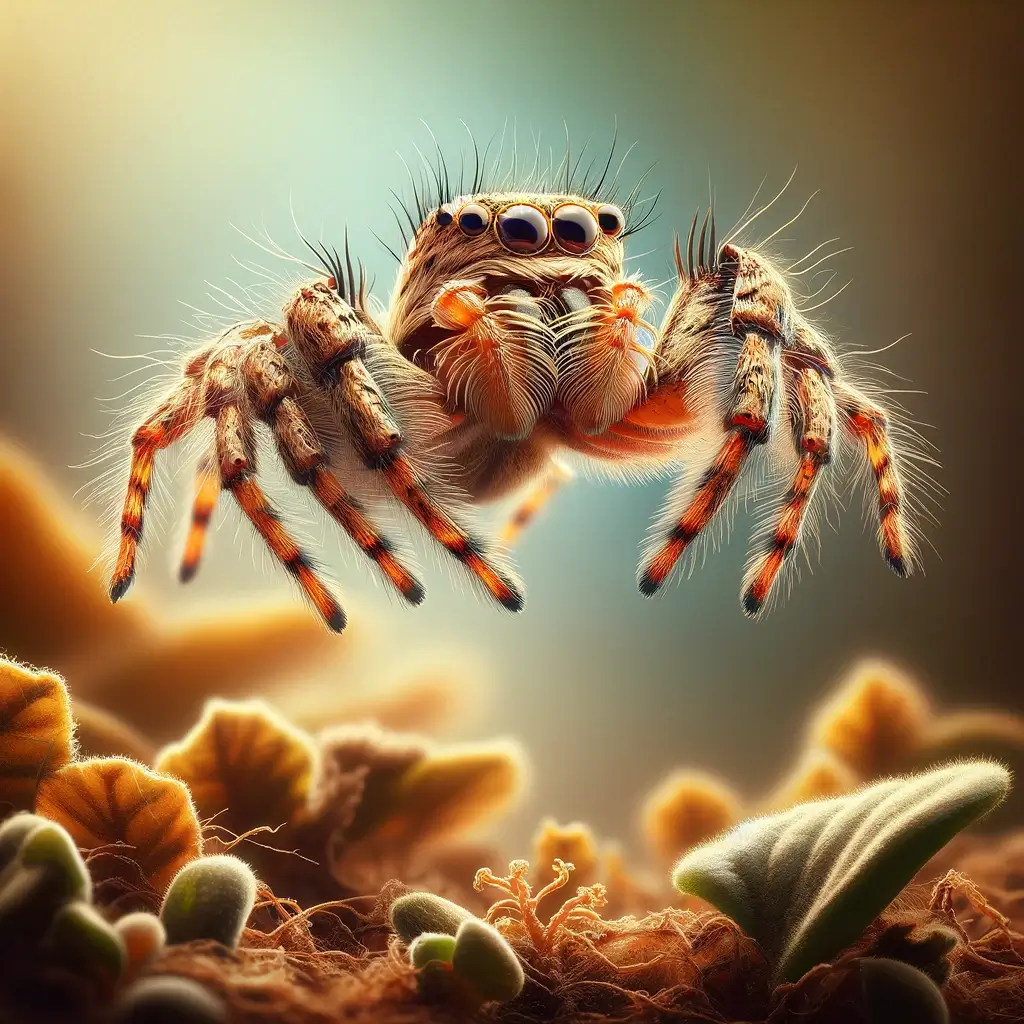
These care tips can help you create a nurturing and stimulating environment for your jumping spider. Enjoying the unique qualities of your new pet and understanding its needs can lead to a rewarding companionship.
Fun Facts About Jumping Spiders
When we think about pets, spiders are not the first creatures that come to mind. Yet, jumping spiders are fascinating pets with unique attributes. Here are some fun facts that showcase why these creatures are so intriguing.
- Jumping spiders have four pairs of eyes, which give them almost 360-degree vision. This helps them spot prey and predators from various angles.
- Despite their small size, jumping spiders can leap up to 50 times their body length. They do this not with muscle power in their legs but by increasing the blood pressure in their legs.
- These spiders are known for their vivid colors and intricate patterns. Many jumping spiders have iridescent mouthparts and bright, colorful hairs that can even reflect ultraviolet light.
- Jumping spiders don’t build webs to catch prey. Instead, they stalk their prey like cats, using their superior vision and jumping skills.
- They have some of the best vision among invertebrates and use it for complex courtship displays. Males often perform elaborate dances to attract females.
- The lifespan of a jumping spider can range from 1 to several years, depending on the species. In captivity, with proper care, they usually live longer.
- Jumping spiders are quite brainy for their size. They exhibit advanced behavior such as planning and problem-solving.
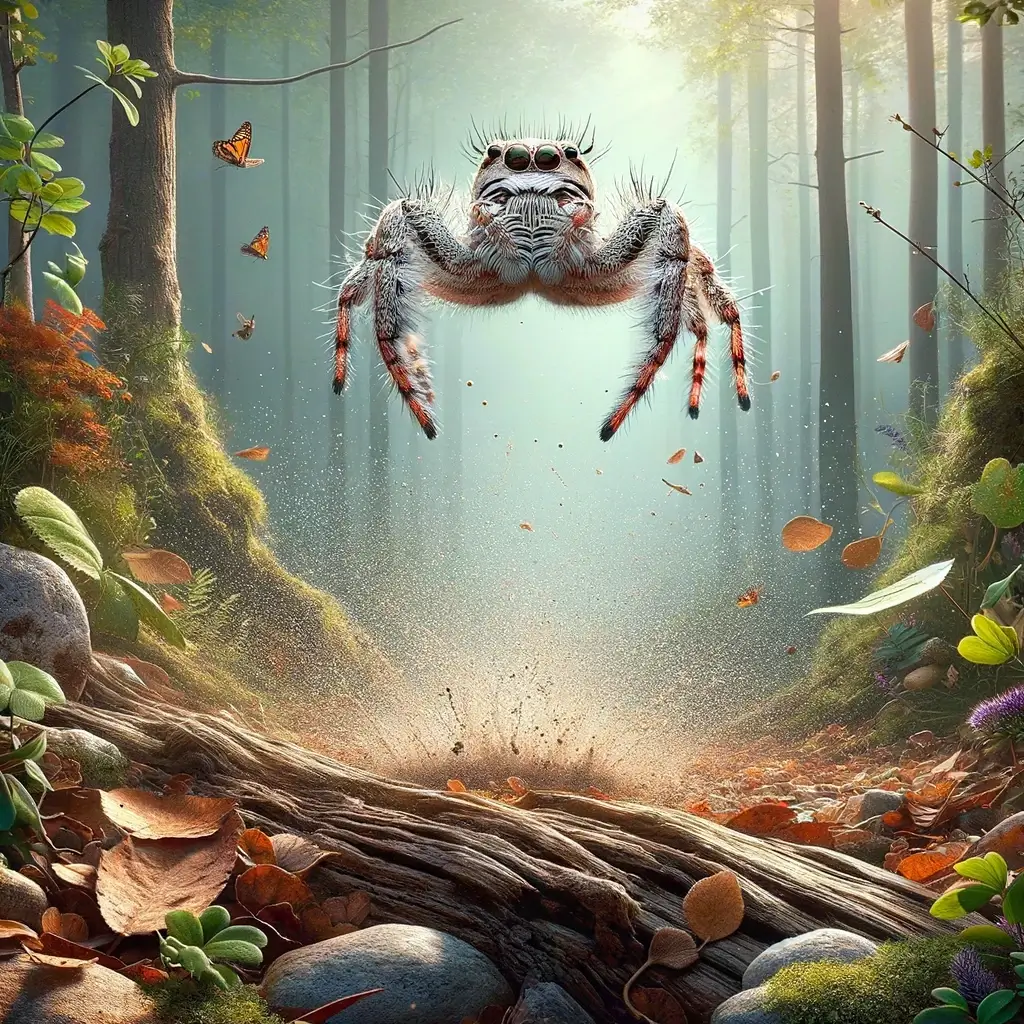
These are just a few reasons why jumping spiders are not only fascinating as a species but also as pets. They offer a unique glimpse into the complexity of nature and an opportunity to care for a truly remarkable creature.
Creative Enrichment Ideas for Your Jumping Spider Pet
Creating a stimulating environment for your jumping spider is essential for its well-being. Spiders thrive on exploration and the opportunity to exhibit natural behaviors. Here are some ideas to enrich your pet’s habitat:
- Introduce a variety of plants and hiding spots to mimic their natural surroundings.
- Change the layout of the enclosure periodically to provide new areas to explore.
- Offer a range of prey to encourage natural hunting behaviors.
These simple changes can make a significant difference in your spider’s quality of life, encouraging active engagement with its environment.
Understanding Jumping Spider Behavior
Observing your jumping spider’s behavior gives you insights into its health and happiness. Here’s what to look out for:
- Activity levels: A healthy spider is curious and often on the move.
- Feeding response: A quick response to offered food indicates good health.
- Webbing: Though not web dwellers, jumping spiders may create small silk retreats.
Popular Jumping Spider Species as Pets
| Species Name | Average Size (mm) | Lifespan |
|---|---|---|
| Phidippus regius | 15 | 2 years |
| Paraphidippus aurantius | 12 | 1.5 years |
How to Socialize Your Jumping Spider
Socializing your jumping spider can enhance its quality of life and your interaction with it. Here’s how to gently acclimate your pet to being handled:
- Start by letting your spider get used to your presence. Spend time near the enclosure daily.
- Introduce your hand slowly into the enclosure for short periods to allow the spider to become accustomed to it.
- Encourage your spider to climb onto your hand by using a soft brush to guide it gently.
Patience and consistent gentle interaction can build a unique bond between you and your jumping spider, making the experience rewarding for you both.
Jumping Spider Health and Wellness
Maintaining the health of your jumping spider is crucial for its longevity and happiness. Here are signs of good health as well as common health issues to watch out for:
- Signs of Good Health: Active exploration, responsive to feeding, clear eyes, and regular molting.
- Common Issues: Lethargy, lack of appetite, or dull eyes may indicate health concerns. High humidity and poor diet are common culprits.
Regular observation and maintaining a clean, appropriate environment are key to preventing and identifying health issues early.
Joy of Keeping a Jumping Spider
The joy of keeping a jumping spider as a pet goes beyond mere fascination. These tiny creatures offer companionship and a window into the complexity of nature. They’re an endless source of discovery and wonder, teaching us to appreciate the smaller beings in our world.
Remember, each jumping spider is an individual with its own personality and preferences. Learning about your pet, understanding its needs, and watching it thrive under your care is a deeply fulfilling journey.
Tips for Photographing Your Jumping Spider
Capturing the beauty and unique personality of your jumping spider can be both fun and challenging. Here are some tips to get stunning photos:
- Use natural light or a soft, diffused artificial light source to illuminate your spider without startling it.
- Focus on the eyes. The large, forward-facing eyes of a jumping spider are expressive and captivating. Getting them in focus can give your photo a strong impact.
- Be patient. Wait for your spider to be in an interesting pose or engaged in a fascinating behavior like stalking prey or exploring.
Photographing your jumping spider can be a rewarding way to document its life and share its beauty with others.
Creating a Community for Jumping Spider Enthusiasts
Joining or creating a community of jumping spider enthusiasts can enhance your experience as a pet owner. Here’s why:
- Networking with other owners can provide support and advice on care, feeding, and health concerns.
- Communities often share resources, like where to find prey items or the best enclosures.
- Being part of a community allows you to share your experiences, photos, and joys of keeping a jumping spider.
Whether it’s joining online forums, social media groups, or local clubs, connecting with others who share your passion can be incredibly fulfilling.
Conservation and Ethical Considerations in Keeping Jumping Spiders
As the popularity of keeping jumping spiders as pets grows, it’s important to consider conservation and ethical implications:
- Always source your jumping spider from reputable breeders or suppliers who prioritize the well-being of their spiders.
- Consider the conservation status of the species you wish to keep. Some may be more suitable for pet life than others.
- Educate yourself and others on the ecological role of spiders in nature to foster respect and appreciation for these creatures beyond their role as pets.
Responsible pet ownership includes understanding and mitigating the impact on the natural world.
Beginner Guide to Raising Quail at Home
What are the Signs of a Dog Concussion?
What Causes Your Dog’s Ears to Smell Bad?
When your dog’s ears start to emit an unpleasant odor, it might leave you puzzled…
Methimazole Treatment for Cat Hyperthyroidism
Methimazole plays a crucial role in managing feline hyperthyroidism, a condition marked by an overactive…
Got Hummingbirds in your Backyard? Here’s How to Care for Them.
Why Does Your Cat Pee Outside the Litter Box?
Cat’s Litter Box Issues It’s not uncommon for cat owners to face the frustrating dilemma…



